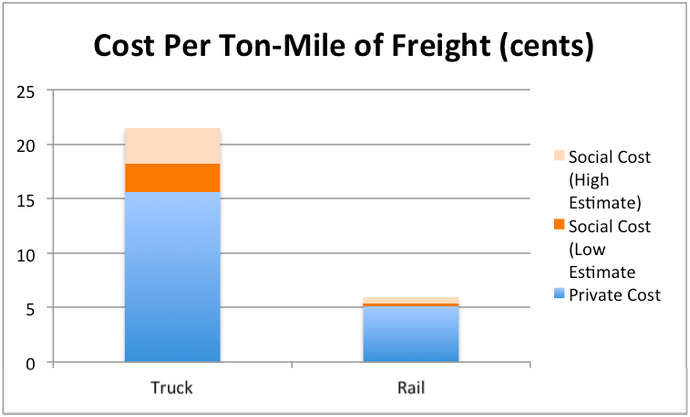Over the last two days, we’ve give you readers’ favorite posts from 2015. Now we’re choosing our own. Here are Joe Cortright’s five favorite:
5. Want to close the black/white income gap? Work to reduce segregation
The income gap between black and white households is one of the major racial inequalities in American society. It’s also highly correlated with residential segregation.
4. The Dow of cities
Fitch, the investment rating company, released a report earlier this year showing that real estate in city centers was consistently outpacing more outlying properties in appreciating value. That’s strong evidence of the resurgence of demand for urban living.
3. The real welfare Cadillacs have 18 wheels
It’s a little-talked-about issue, but subsidies to freight trucks are a major government transportation expenditure—as much as $128 billion a year, according to a Congressional Budget Office report.
2. What does it mean to be a “smart city”?
What is the “smart city” movement? And what is a smart city? Joe argues that it has to be about more than just optimizing systems—it’s about people.
1. The Cappuccino Congestion Index
Congestion in lines to buy coffee: it’s real. Read all about it.



